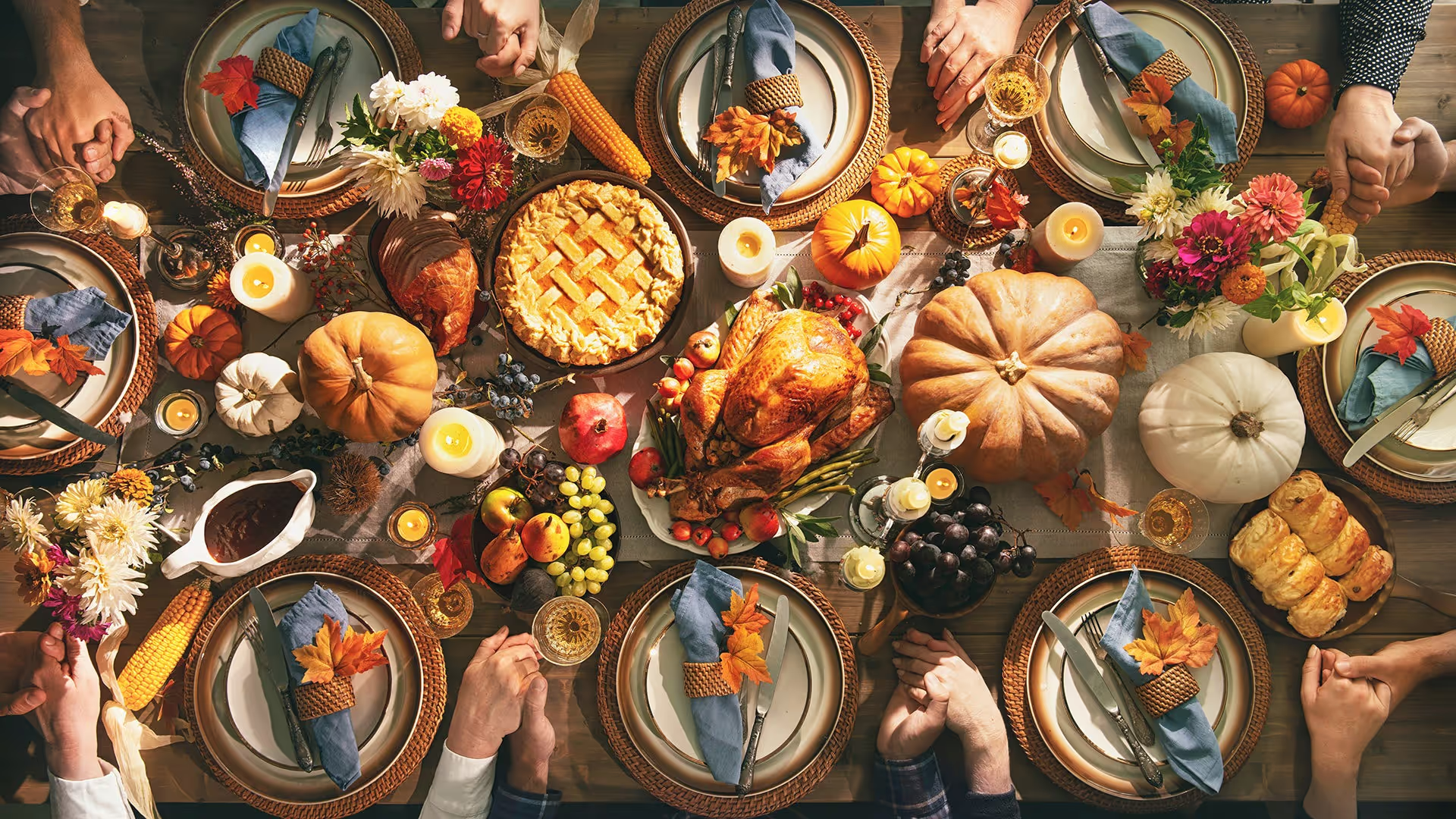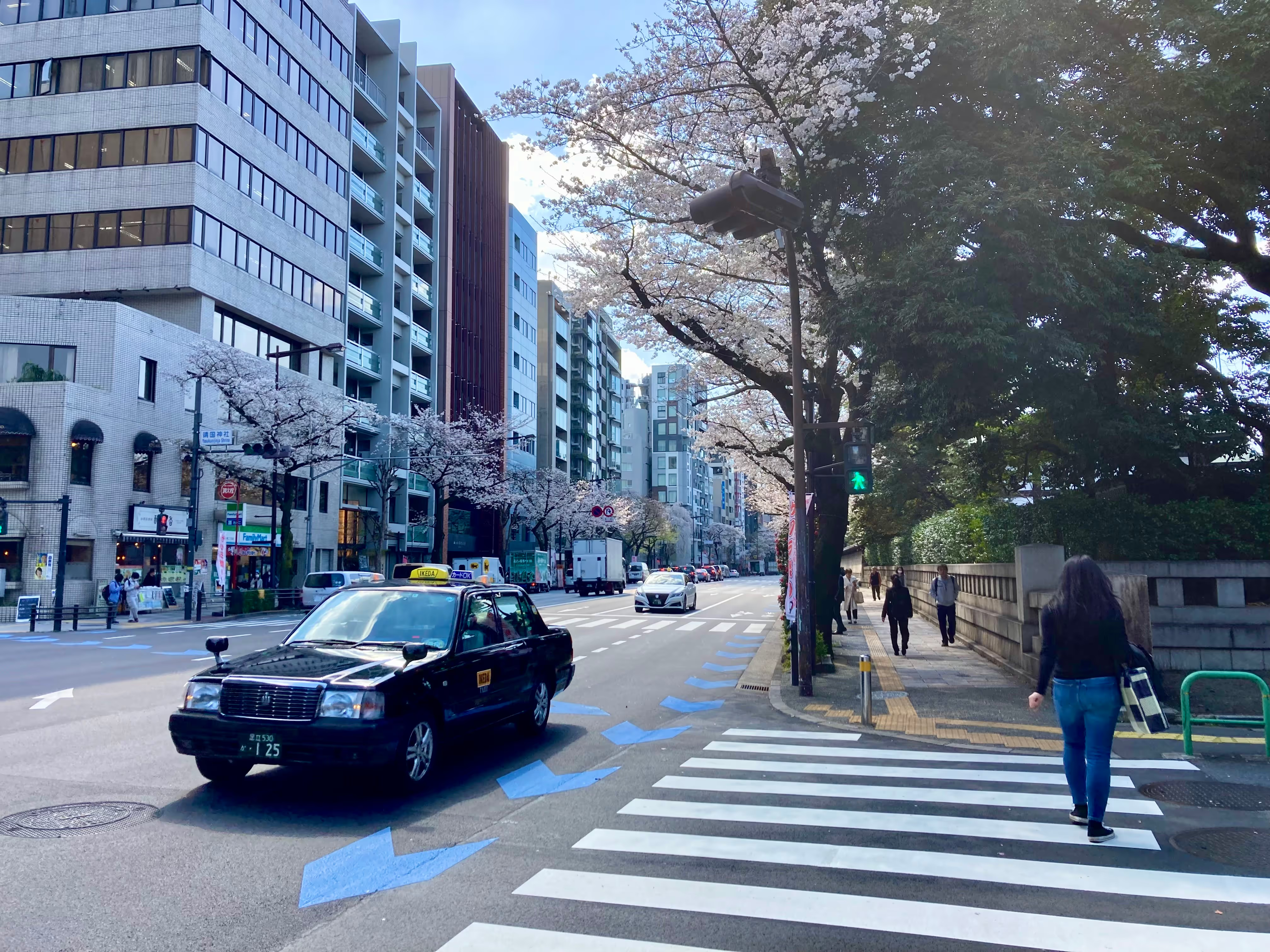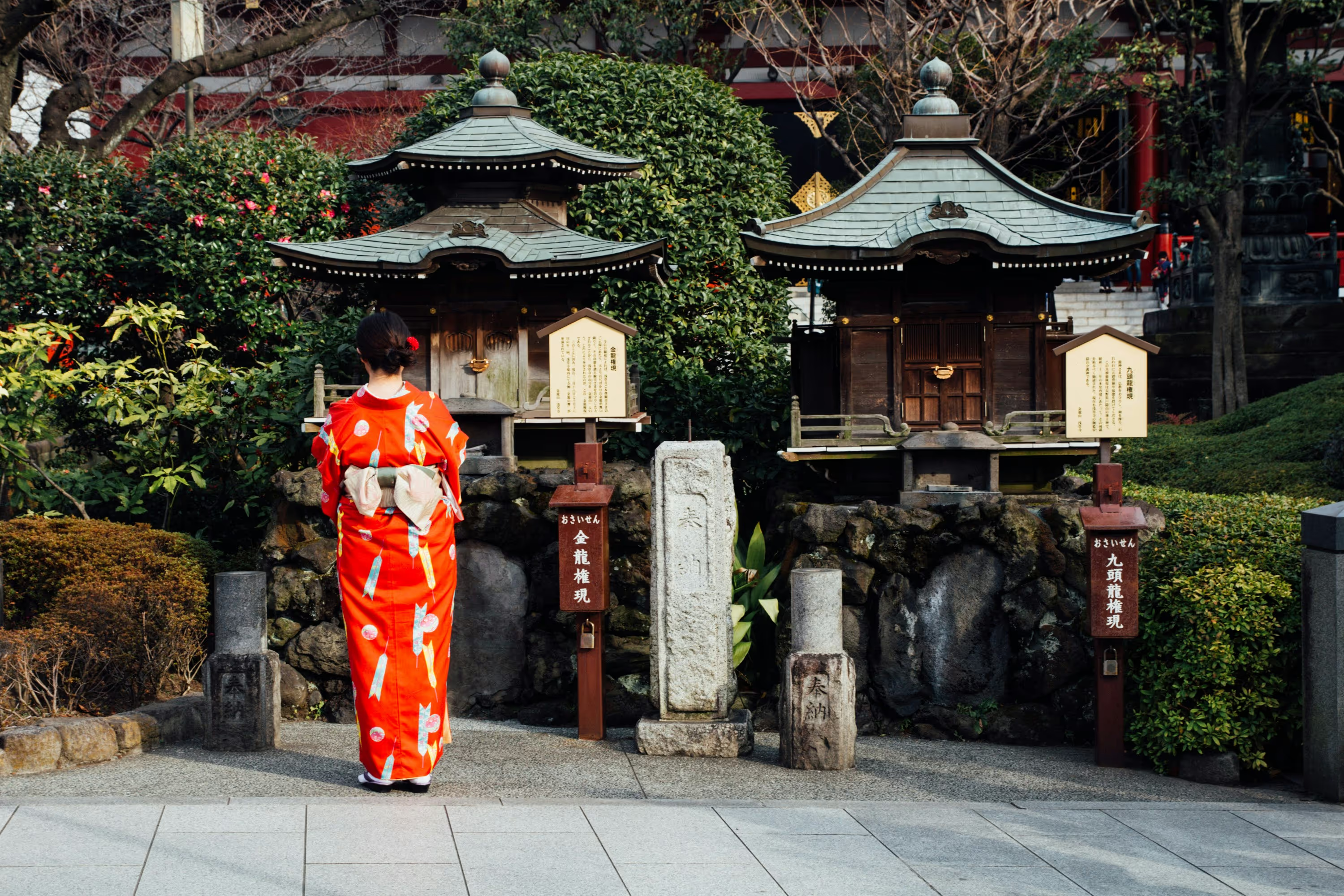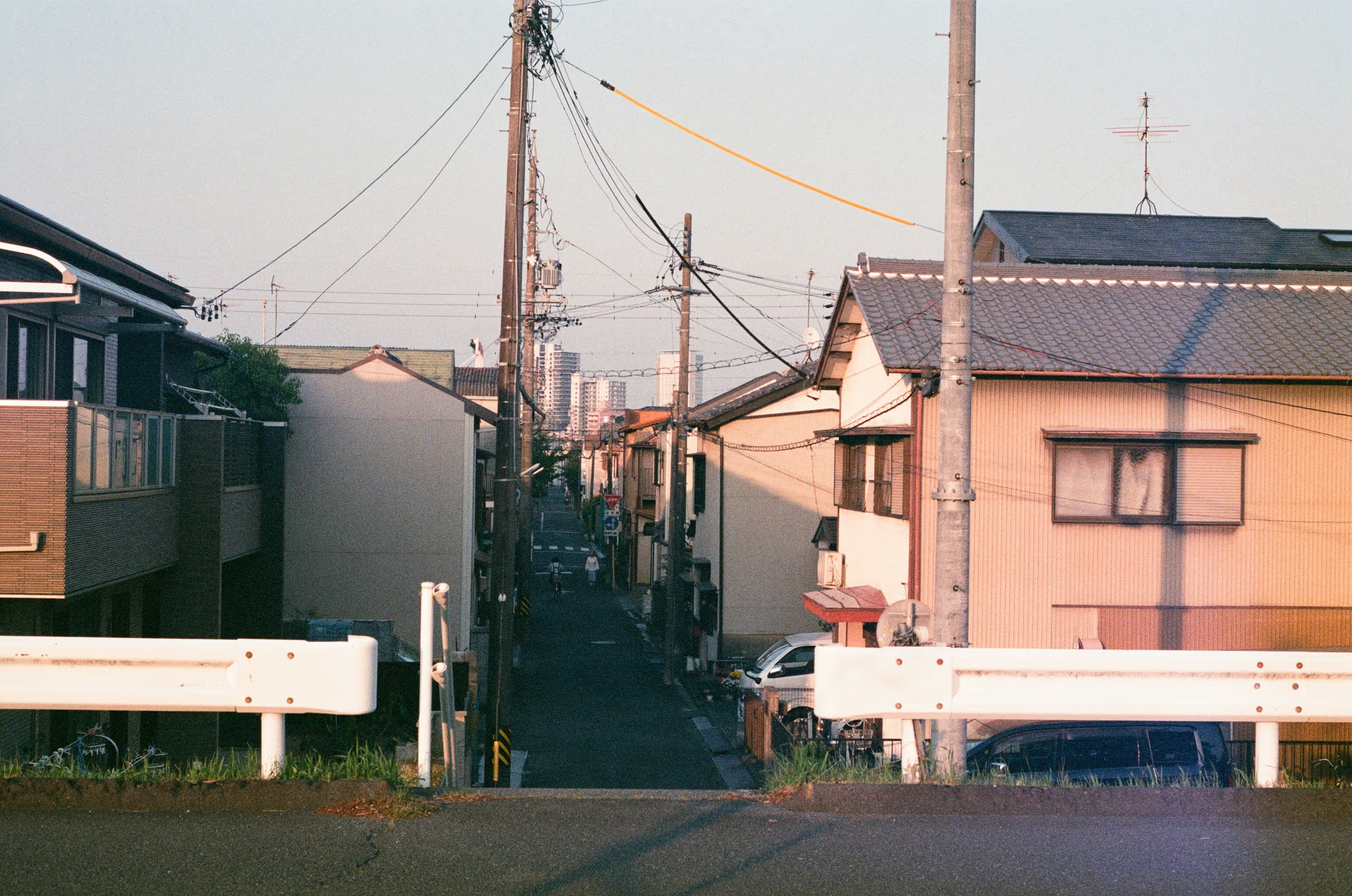When I go back to France to see my friends and family, I often hear misconceptions about Japanese culture, especially about how it shows up in everyday life. So this is my account of what I see and experience day to day in Tokyo.
I have a 6-minute walk between my house and the closest train station. On this very short trip, I pass by a kimono shop, a kimono-wearing class, a traditional sweets shop, 2 shrines, and a neighborhood activity center that regularly organizes traditional arts lessons. Although I'd say this is on the "upper side of things", seeing that many culture-related establishments isn't surprising at all.
Kimonos
I wouldn't say I see people wearing kimonos every single day on the street, but it isn't that far from it. This tradition is still very much alive all year long, especially among elderly women. While most people wear kimonos for specific occasions, there are still some who do it simply for the pleasure of wearing one (and considering how demanding it is to put on a kimono, I'm impressed by their patience and dedication). That being said, they are a minority.
Around the 40-something crowd, many of the students I've talked to told me that they usually limit kimono-wearing to very fancy occasions, like going to an expensive sushi restaurant. However, if you stay in Japan year-round, you'll see many more during specific times: 「七五三」(shichi-go-san), 「卒業」(sotsu-gyou / graduation) season, or 「成人式」(sei-jin-shiki / coming-of-age ceremony), for example. During these periods, it's common to see young people in kimonos just walking down the street. Oh, and please, don't be a rude tourist. Don't bother them or take unwanted pictures.
Shrines
As I said earlier, shrines are also pretty common. What surprised me at first, before I got used to it, was how often you can see people stop by and pray for a few seconds. In my experience, it doesn't seem to be age-dependent at all.
And then of course there are events. As I'm writing this, one of my neighborhood shrines is preparing for 「おみこし」(Omikoshi). It's a celebration where they carry out a kind of portable shrine said to contain the deity, and parade it around the neighborhood while chanting and having fun as a form of blessing. So very soon, while walking down the street, I might encounter a big crowd celebrating together. Who knows, I might even join them!
Sushi and specialty restaurants
I feel obligated to talk about sushi. No, most people don't eat sushi every day. I eat sushi once a week, and many Japanese people I know tell me that's a lot. You might also hear that sushi is very rare and expensive, but that isn't true either. Some restaurants are pricey, yes, but small neighborhood places can be inexpensive and delicious.
One thing to know is that in Japan, most restaurants are specialty restaurants. I go to one place for ramen, another for burgers, one for sushi and one for fried chicken, and so on. This might seem restrictive since you can't just order what you want on the spot, but I love it. During Japan's scorching summer, I don't feel like eating ramen. What a joy it is to return to my favorite ramen shop in the fall. It's like meeting a friend after a while.
The flow of seasons
Japan is full of seasonal events. If you seek them out, they're a great source of fun, but even if you're not looking, you'll still feel the seasons pass through countless small celebrations that mark the flow of time.
This is such an important part of Japanese culture, and one I know I'll miss when I leave Japan: the way seasons feel distinct, not just because of the weather, but because of the many small changes they bring. Shops display different goods, flowers bloom in carefully planned successions, floating paper fish or colorful strips of paper will suddenly appear in the streets.
To wrap it up
When I lived in France, "What's your favorite season?" was basically a meaningless question. Here in Japan, this simple question can reveal just how deeply culture shapes your day-to-day experience. This very intimate feeling is not something you can truly describe, so if you're curious, the best way is simply to come and feel the flow of seasons for yourself.











